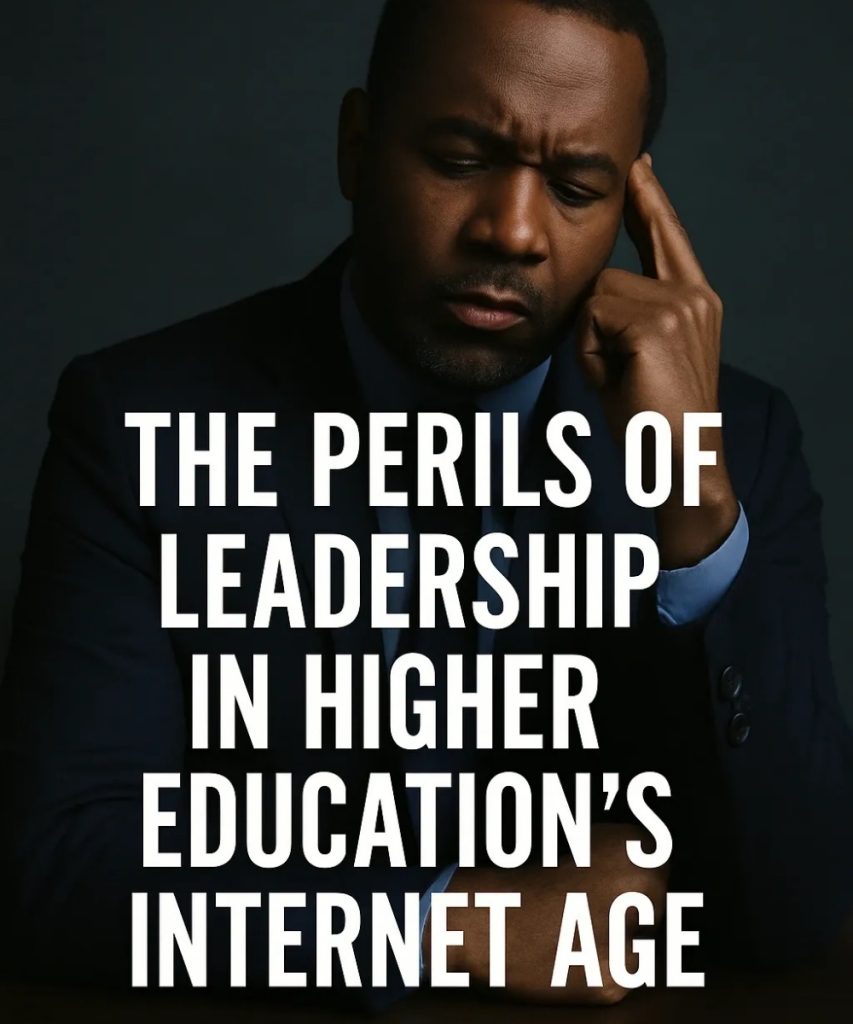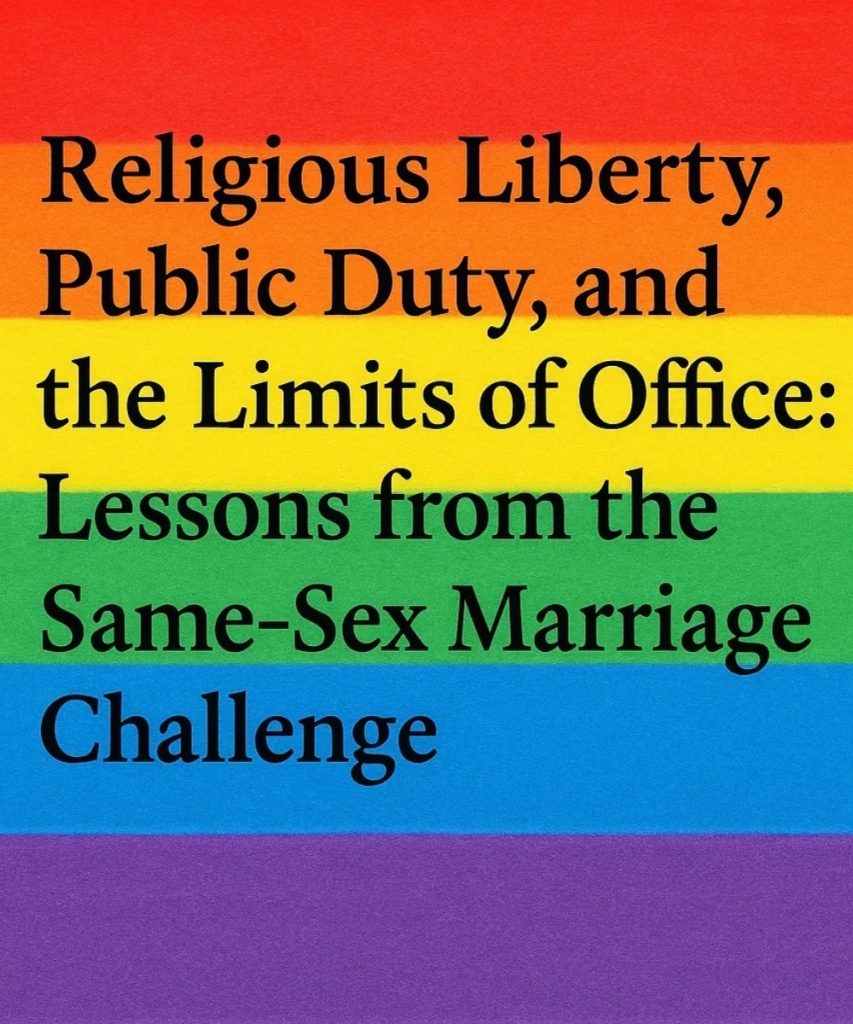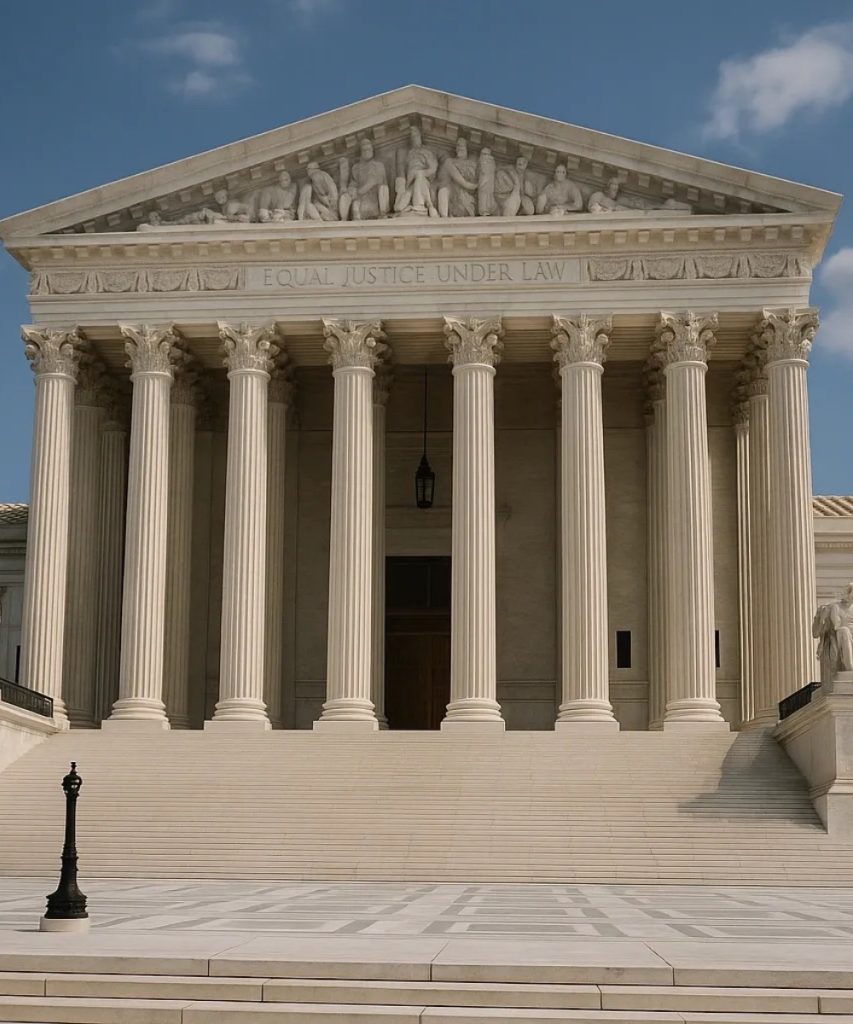Leadership today is increasingly complex. Whether in politics, business, nonprofit organizations, or higher education, leaders face a continuous stream of demands. Some are urgent and require immediate decisions. Others are strategic, calling for a medium-range plan. Still others involve long-term vision and cultural transformation. In many cases, leaders are operating in survival mode, reacting to crises rather than charting a deliberate course forward.
While training, formal education, and the lessons of those who came before are essential, they are no longer sufficient. The modern leader must also learn to pause. The most effective leaders today are turning to mindfulness as a foundational leadership practice.
Mindfulness is the capacity to be fully present, engaged with the moment, and aware of one’s thoughts, feelings, and environment without judgment. In leadership, mindfulness creates a space between stimulus and response. It allows time for reflection. It empowers leaders to act intentionally rather than react emotionally.
This simple concept is echoed in the recovery community, where individuals are taught to pause when triggered by urges or stress. That pause can mean the difference between relapse and resilience. For leaders, a mindful pause provides the same advantage. It allows for clarity in chaos, reduces impulsivity, and fosters more effective and ethical decision-making.
Dr. Brené Brown’s research has shown that grounded leadership is rooted in self-awareness, courage, and emotional literacy. John Kotter, known for his work on organizational change, teaches that successful leadership is about aligning people with vision and empowering them to move with confidence. These frameworks require more than rapid decision-making. They require presence, intention, and reflection.
This is especially true in higher education. College presidents, provosts, deans, and department chairs manage intricate systems while responding to the evolving needs of students, faculty, and communities. The academic environment demands thoughtful leadership that can navigate competing priorities, foster innovation, and uphold institutional mission and integrity.
Mindfulness equips higher education leaders with the tools to respond to challenges with focus and clarity. It strengthens their ability to lead dialogue, inspire collaboration, and guide change with intention. By cultivating presence and reflection, mindful leaders help create learning environments where engagement, trust, and thoughtful decision-making can thrive.
A growing number of colleges and universities are embracing mindfulness as a campus-wide initiative. Marist University has developed mindfulness-based resources that promote focus, self-regulation, and emotional resilience among students. The New School offers a graduate minor in Mindfulness and Contemplative Studies, bridging philosophy, psychology, and civic engagement through contemplative practice. These institutions reflect a broader shift in higher education to prioritize wellness, community, and reflective learning.
In some colleges, where students and campus communities are navigating increased pressures related to mental health, social belonging, and academic stress, administrators and faculty have embraced structured mindfulness initiatives as a tool for fostering connection and well-being. Some institutions have gone so far as to create mindfulness challenges. These multi-week programs engage students, faculty, and staff in daily practices of reflection, stress reduction, and intention-setting. These efforts aim to strengthen campus culture from within and promote clarity, resilience, and a renewed sense of community.
The effectiveness of such interventions is backed by strong research. A 2022 meta-analysis titled Mindfulness-Based Interventions in Higher Education: A Meta-Analytic Review of Academic and Psychological Outcomes, published in Frontiers in Behavioral Neuroscience, examined dozens of studies involving college students. The analysis found that mindfulness-based interventions significantly improved academic performance including GPA, reduced anxiety and depression, and enhanced executive function and attention. The authors concluded that mindfulness can be a transformative practice in academic environments by supporting both learning and emotional resilience.
Students who participate in these programs are better equipped to manage academic pressure, navigate social complexities, and remain grounded in their goals. As a result, many colleges and universities now offer credit-bearing mindfulness courses, guided meditation rooms, peer-led workshops, and app-based resources that make mindfulness both accessible and culturally relevant.
The business world provides further validation. At Aetna, an eight-week mindfulness program resulted in employees gaining over an hour of productivity each week. General Mills implemented a mindful leadership course that improved decision-making and prioritization among participants. At Intel, a program called Awake at Intel led to increased employee focus and reduced stress levels.
At BlackRock, CEO Larry Fink has championed mindfulness and purpose-driven leadership, encouraging executives to lead with clarity and long-term vision rather than short-term reaction. Ray Dalio, the founder of Bridgewater Associates, one of the largest hedge funds in the world, is another major proponent of mindfulness. He attributes much of his success and clear decision-making to the practice of Transcendental Meditation. Dalio has stated that meditation has helped him manage stress, remain calm under pressure, and lead with greater purpose. He has even introduced mindfulness practices across his firm to promote clarity, creativity, and emotional balance among his employees.
Scientific research continues to affirm these outcomes. Mindfulness has been shown to reduce cognitive biases, improve ethical judgment, and activate brain regions linked to problem-solving and emotional regulation. Even brief practices such as a minute of breathwork before a meeting or five minutes of reflection at the end of the day can strengthen decision-making and help leaders stay aligned with their values.
Implementing mindfulness does not require sweeping changes. Institutions can start by normalizing reflective pauses, encouraging faculty and staff training, and integrating wellness practices into leadership and student life. Over time, this commitment can shift organizational culture toward clarity, collaboration, and compassion.
In a world that rewards speed and volume, the decision to pause can seem counterintuitive. Yet it is that pause that holds the power to restore balance, elevate decisions, and build more resilient organizations.
Mindfulness is not a soft skill. It is a strategic resource. It builds clarity, focus, and emotional intelligence. It allows individuals to lead not from reactivity but from purpose.
Whether guiding a company, a classroom, or a college, mindfulness is the practice that prepares leaders to rise above the noise and transform their institutions from the inside out.
In that pause lies power. In that pause lies transformation.




